Reportar esta entrada
Más sobre la misma comunidad-colección
Batalla de la garra - El Paso, Texas - 2017
Battle Of The Claw - El Paso, Texas - 2017 - Austin High School ...
Batalla de la garra - El Paso, Texas - 2017
Battle Of The Claw - El Paso, Texas - 2017 Battle Of The Claw ...
Batalla de la garra - El Paso, Texas - 2017
Battle Of The Claw - El Paso, Texas - 2017 - Austin coach ...
Batalla de la garra - El Paso, Texas - 2017
Battle Of The Claw - El Paso, Texas - 2017 Austin High School ...
Batalla de la garra - El Paso, Texas - 2017
Battle Of The Claw - El Paso, Texas - 2017 Battle Of The Claw ...
Batalla de la garra - El Paso, Texas - 2017
Battle Of The Claw - El Paso, Texas - 2017 Battle Of The Claw ...
Batalla de la garra - El Paso, Texas - 2017
Battle Of The Claw - El Paso, Texas - 2017 Battle Of The Claw ...
Batalla de la garra - El Paso, Texas - 2017
Battle Of The Claw - El Paso, Texas - 2017 Battle Of The Claw ...
Batalla de la garra - El Paso, Texas - 2017
Battle Of The Claw - El Paso, Texas - 2017 Battle Of The Claw ...
Puesto de Insights en la Feria de Interpretación de Hueco Tanks
Fantastic Hueco Tanks State Park 2017 Interpretive Fair! Our ...
Puesto de Insights en la Feria de Interpretación de Hueco Tanks
Fantastic Hueco Tanks State Park 2017 Interpretive Fair! Our ...
Recepción Diplomática Japonesa 1933
1933 Diplomats from Japan being received by Host Rafael Lara ...
Lucy Gereda en el Colegio de Minas El Paso TX 1938
1938 Lucy Alvares de Gereda during her college years at the ...
Desfile militar en la apertura de The Sixth Wall Of Giants (El sexto muro de gigantes)
Military parade on the opening day of the The Sixth Wall of ...
Marcha de los Veteranos de Vietnam en América - El Paso, Texas
On opening day of the The Sixth Wall of Giants exhibition, the ...
Anthony, TX Libre de Humo - 2017
Passing of a smoke-free ordinance in Anthony, Texas on Monday, ...
Mariachi Sol - Mural del parque Lincoln - 2017
Mariachi Sol - Lincoln Park Mural - 2017 - El Paso, Texas ...
Mural en el parque Lincoln - El Paso, Texas - 2017
Pachuca Blood - Jesus "Cimi" Alvarado/Victor Casa
2009 ...
Mary Vance Gwinn, El Paso, Texas - alrededor de 1955
Left to right: Ernest Gwinn, Gammon Gwinn III (son), and Mary ...


















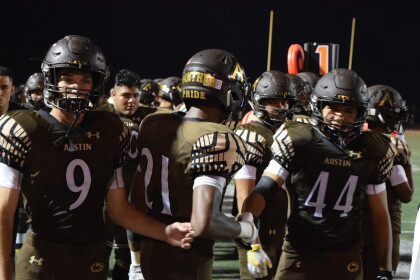
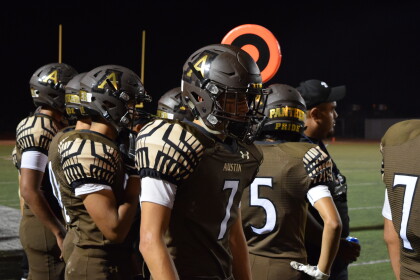
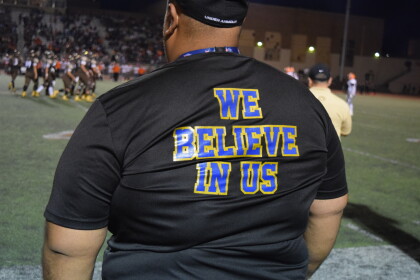
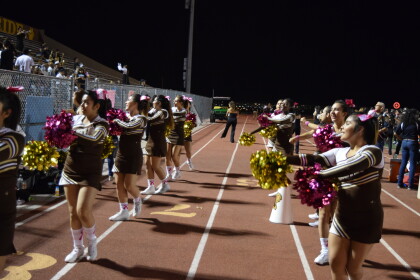
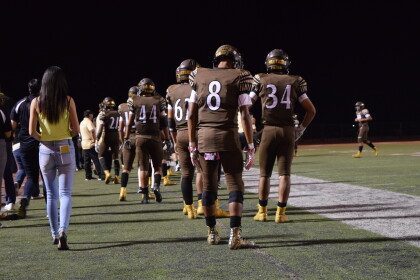
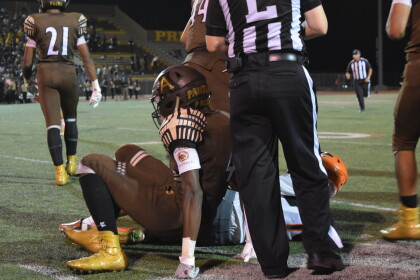
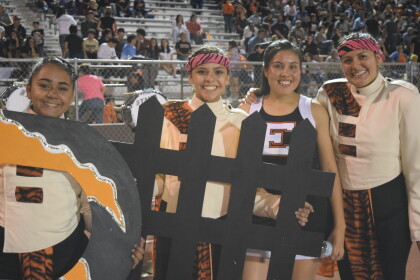
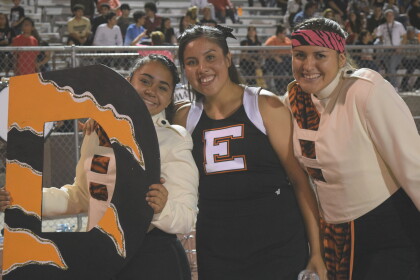
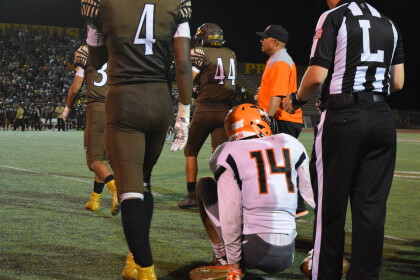
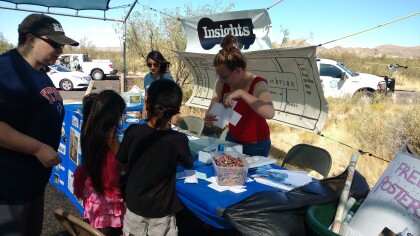
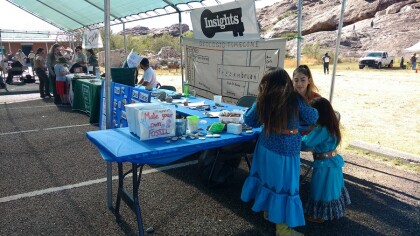
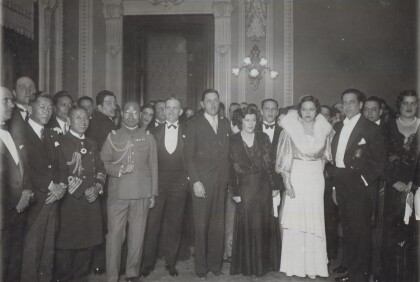
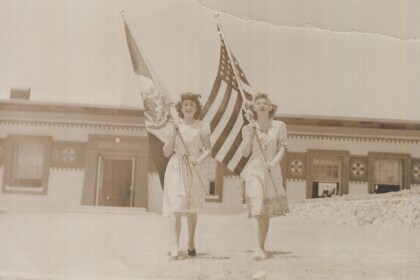

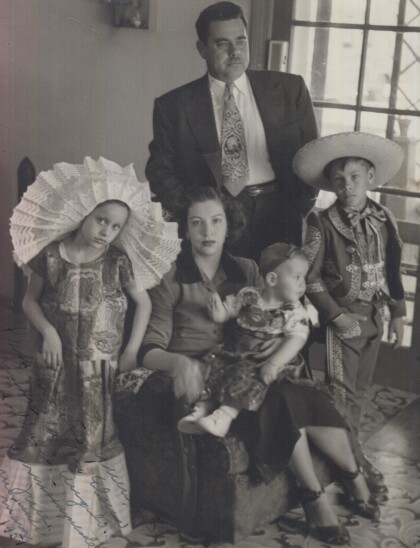
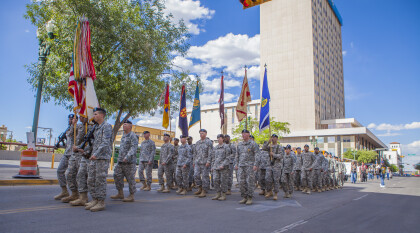
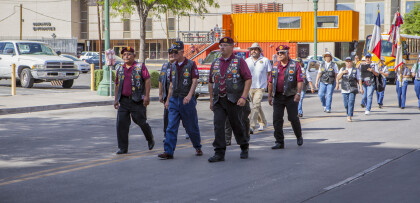
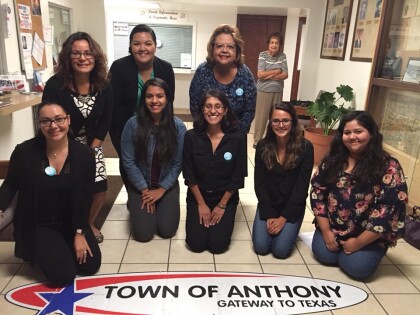
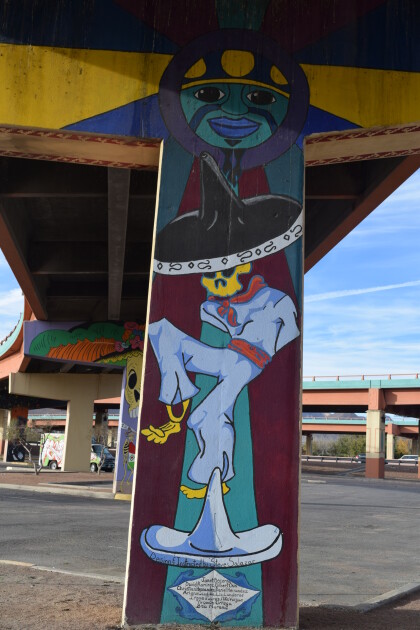

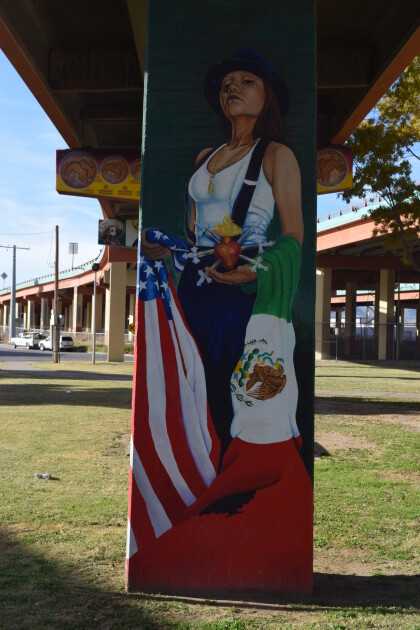
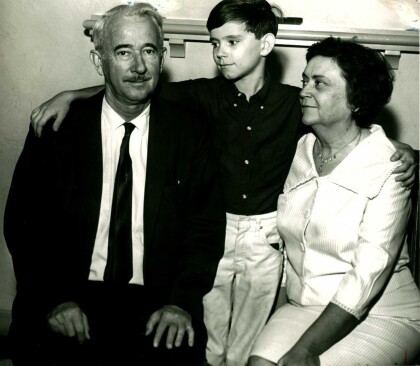
Comentarios
Hacer un comentario